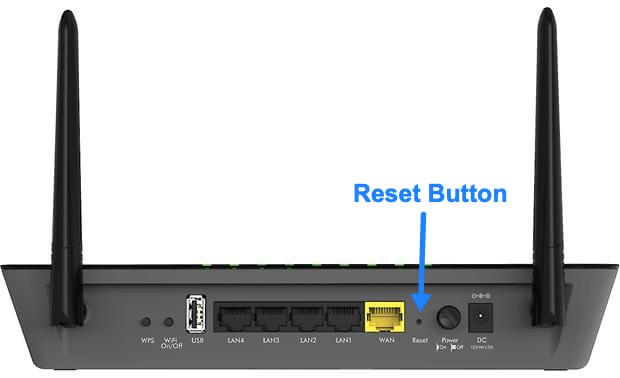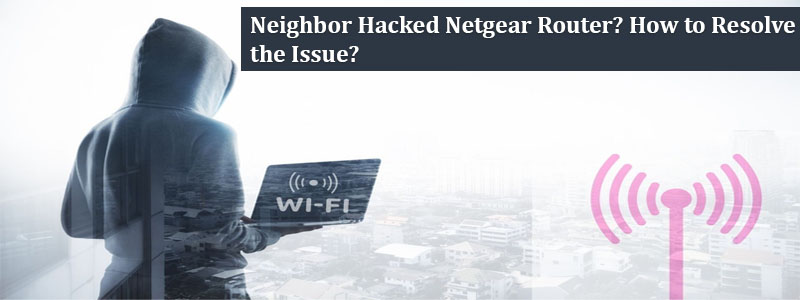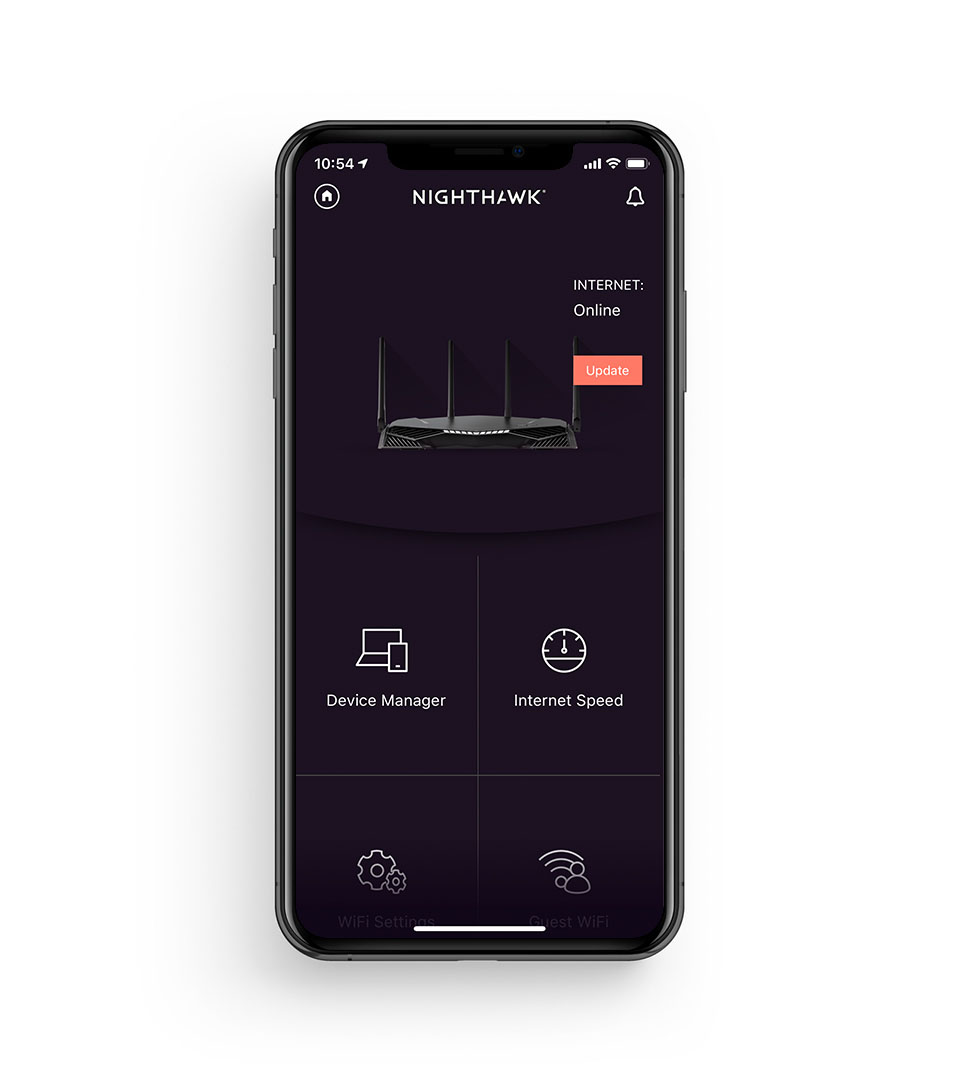Neighbor Hacked Netgear Router? How to Resolve the Issue?
In the 21st century where literally every second person is hungry for a blazing-fast internet connection, no network is secure. Any unauthorized user can access your home network and you won’t even get to know about it. What is that? Has the same thing happened to you already? Your neighbor hacked Netgear router installed in your house?
Well, that is troublesome. This could have happened due to various reasons. First, your WiFi password was not that hard to crack. Second, your network name was not hidden. Third, the software of your technical router is outdated. No matter the reasons why the issue in debate is bothering you, we are here at your service.
Below, we have mentioned some solutions. With their assistance, we will teach you how the situation at hand can be reversed and you can gain back access to the network of your networking device. And trust us; this will be done without wasting much of your precious time. Given this, you may continue reading this blog post.
Neighbor Hacked Netgear Router? What to Do?
1. Try to Recover the Password
The very first thing that you can try to get back access to the network of your wireless router is to retrieve its password. This can be done with the help of the password recovery feature. To learn how to execute the process, you need to read the instructions which are mentioned in the following paragraph.
Load an internet browser on your client device and enter routerlogin.net. Press the Enter in order to go to the login window. Click the Cancel button and wait for the Router Password Recovery window to appear. Enter the serial number of the Netgear router model that you own. Click the Continue button. Answer the security questions.
2. Reset the Netgear WiFi Router
Another thing that can be done from your end to resolve the neighbor hacked Netgear router issue is to reset or restore the device to the factory default settings. Resetting the networking device means, every change that you have made to it till date will go poof in the air, as if no change was ever made to it.
To understand how to reset your Netgear wireless router, you first need to locate the reset button on it. It is suggested that you look either at the bottom of the router or one of the side panels. The reason being, completely on the model that you are using at the moment, the location of the button named reset might vary.
Whenever you find the button, press it, but either with an oil pin. Ensure that you press and hold the button for more than 5 minutes. This will give enough time for the networking device to get restored. After that, let the device get restarted. Avoid unplugging your device while this is happening.

What Next?
The minute you have restored your Netgear router, take our advice and configure it from scratch. There are a couple of methods that you can use to do as necessary. We have explained the basic requirement to use these methods here:
Manual Method: Another method that can be used to set up the networking device is the manual method. Here, you need to access the web user interface.
Nighthawk App: In the last method, you need to have access to a fully charged mobile device. Along with this, you ought to have the Netgear Nighthawk app installed on it.
Final Thoughts
As mentioned above, the neighbor hacked Netgear router issue is not that hard to put an end to, however, still many users find themselves troubled when it comes to doing this. Given you are standing with them, we hope that once you have taken a walk through what is given above, you will be able to come out of this mess with ease.

